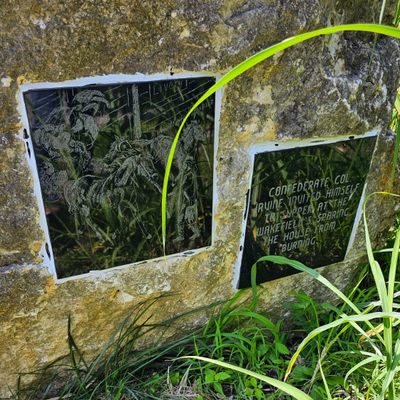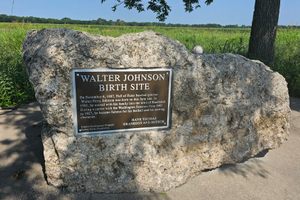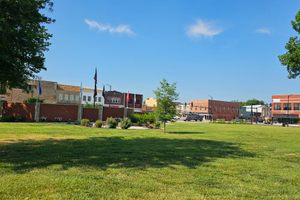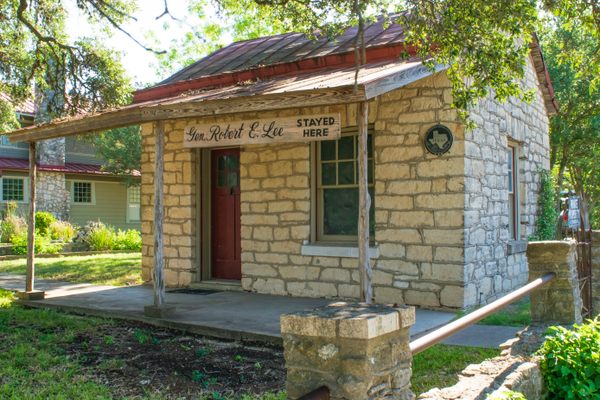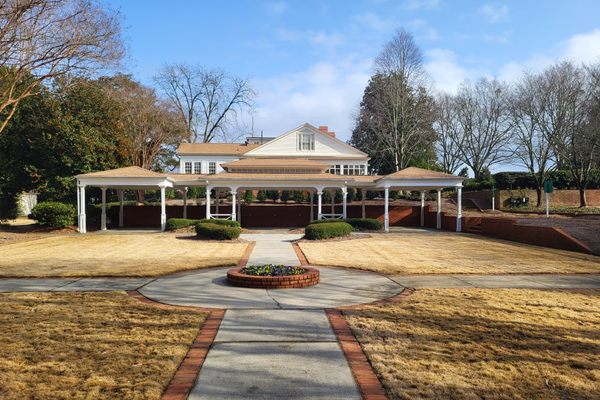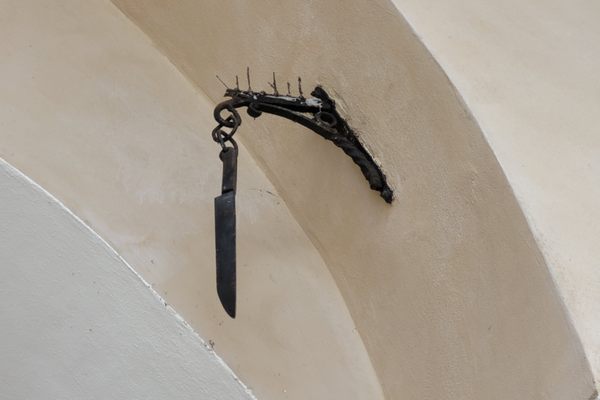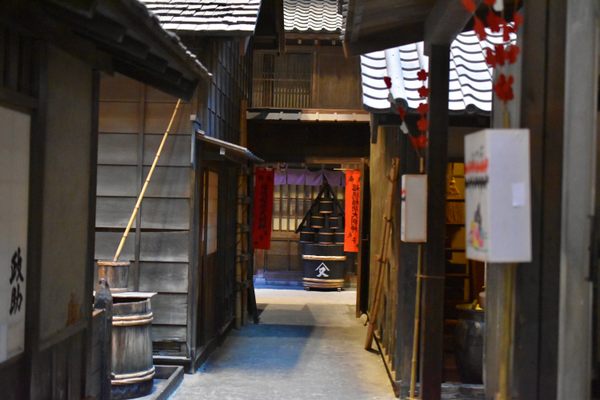About
If specificity is the key to a good story, then Humboldt, Kansas, has just about every town beat as far as history is concerned. Walking around town, a visitor is confronted with a series of historical vignettes so specific as to border on absurd, each illustrated with a marble plaque.
The many plaques include the following phrases: “Farmer Abel Secrest was shot by Confederates Oct. 14, 1861 after refusing to give up his mules.” “Kate Burnett saved $25,000 in land grants by hiding them in tall grass behind land office.” “During burning of Humboldt, Sophia Fussman saved valuables on a feather bed thrown down her well.” And not least of all, “Confederate Col. Irvine invited himself to supper at the Wakefields, sparing the house from burning.”
So what is this historical event? Why are these gnomic phrases found all over town? And why do all the stories result in increasingly elaborate and farcical ruses more befitting Home Alone’s Wet Bandits than the Confederate Army?
The answer goes back to 1857, when Humboldt was founded as a free city. The period of violence known as “Bleeding Kansas” was in full swing, as an absence of federal direction led to a series of terrorist attacks across the state. As a remote town, Humboldt was spared the violence until the Civil War broke out in earnest and Kansas was admitted to the Union. Humboldt dispatched an infantry, leaving the city in the hands of women, children, and older men. The town was attacked in September, and then in October, it was invaded by the Confederate army, who burned the entire town to ashes.
With the men off to war and the city burned to cinders, the monuments in Humboldt aren’t of the typical heroic soldiers telling stories of military might. Instead, the plaques honor feats of ingenuity, where women banded together with quick thinking to save the town’s money from being stolen, and bravery, as when an ornery farmer was killed for his mules. Even after his horse and medical supplies were stolen, the Wakefields had to swallow their disgust and sit across from a Confederate raider and invite him to dinner to save their house.
Depictions of these small victories were etched into marble and town history in 2001 by Bob Cross, a middle school art teacher and resident of nearby Chanute. Twelve civil war plaques can be found across town, each telling a tiny piece of the story of how ordinary citizens leapt to the call on that fateful day. And in the center of town, a large marble mural stands showing each of those individual scenes as part of a whole, telling the story of the community’s strength and the town’s survival.
Related Tags
Know Before You Go
Although plaques may be found throughout the town, the best place to begin the walking tour is at the northwest corner of the City Square, the site of the main Civil War Monument. Several plaques may be found nearby, and a map of the entire walking tour may be found on the City of Humboldt’s History page, or by visiting the Humboldt Historical Society.
Community Contributors
Added By
Published
January 2, 2024



